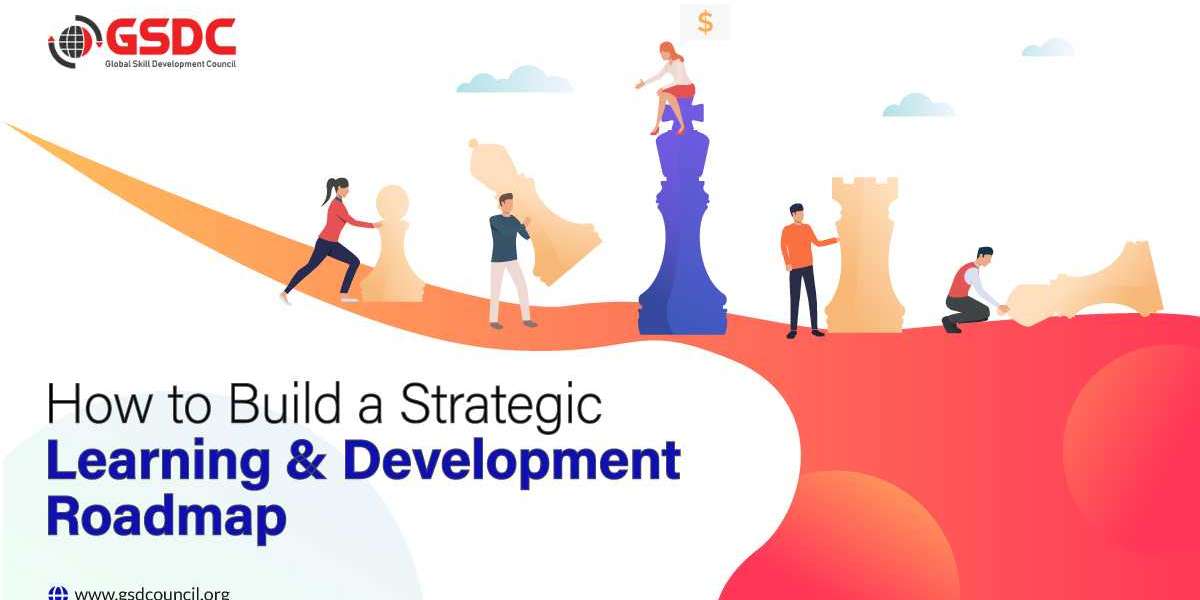In today’s fast-evolving landscape, having a strategic learning and development roadmap is essential for organizations to stay competitive and future-ready. As we move towards 2025, aligning LD initiatives with business goals ensures that training efforts are targeted, measurable, and impactful. Without a clear roadmap, learning initiatives can become scattered, wasting time and resources with minimal results.
A well-structured LD roadmap bridges the gap between current employee capabilities and future workforce demands. It fosters a culture of continuous learning, drives employee engagement, and boosts retention and productivity. It also demonstrates an organization’s commitment to professional growth, making it more attractive to top talent.
Why Is a Learning and Development Roadmap Essential?
It ensures training programs align with evolving business strategies.
It identifies skill gaps and offers targeted solutions for upskilling or reskilling.
It prepares employees to meet future challenges with adaptability and confidence.
It supports leadership development and builds decision-making capabilities.
It integrates learning technologies for a more personalized experience.
Key Steps to Build a Strategic LD Roadmap
- Align with Business Goals: Start by reviewing the organization’s strategy to define learning priorities.
- Conduct a Skills Gap Analysis: Use assessments and AI tools to forecast future competency needs.
- Define Clear Learning Objectives: Set SMART goals to measure training impact.
- Personalize Learning: Use adaptive learning platforms and role-based content.
- Adopt Scalable Tools: Choose learning management systems (LMS) that offer mobile access, analytics, and flexibility.
- Promote Continuous Learning: Encourage microlearning and self-paced content to build lifelong skills.
- Measure ROI: Use feedback, engagement metrics, and performance indicators to assess success.
Goals and Objectives
Main goals include enhancing workforce skills, aligning learning with strategy, increasing leadership capacity, and boosting employee motivation. Objectives should focus on conducting gap analysis, adopting new learning technologies, and promoting continuous development.
Final Thought
Creating a training strategy for 2025 is not optional it’s critical. A learning and development roadmap empowers organizations to stay agile, innovative, and aligned with future demands. If you're aiming to upskill your workforce and ensure sustainable growth, now is the time to build your roadmap.
For more details, visit https://www.gsdcouncil.org/blogs/how-to-build-a-strategic-learning-and-development-roadmap











